Himalayan Trekking Guidance for Beginners – Many Himalayan treks in Uttarakhand are under high-altitude treks, while others are under very high-altitude treks. It is essential to fully understand the conditions for trekking at high altitudes and how it affects our health.
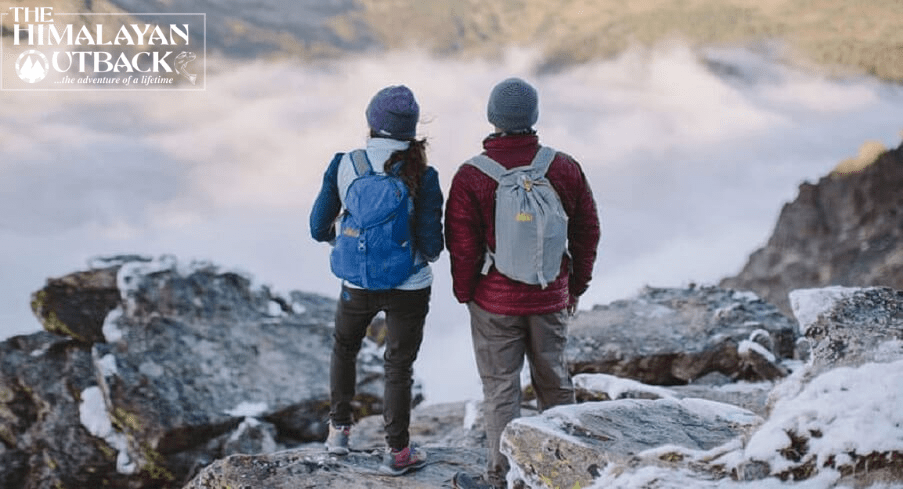
Himalayan Trekking Guidance for Beginners.
High altitudes above 8,000 feet (2,438mts) are considered high and have relatively easy treks. High altitudes start at 12,000 feet (3,658mts) and continue up to 18,000ft (5,487m). They are subject to moderate-to-tough treks. High altitudes above 18,000 feet require mountaineering experience.
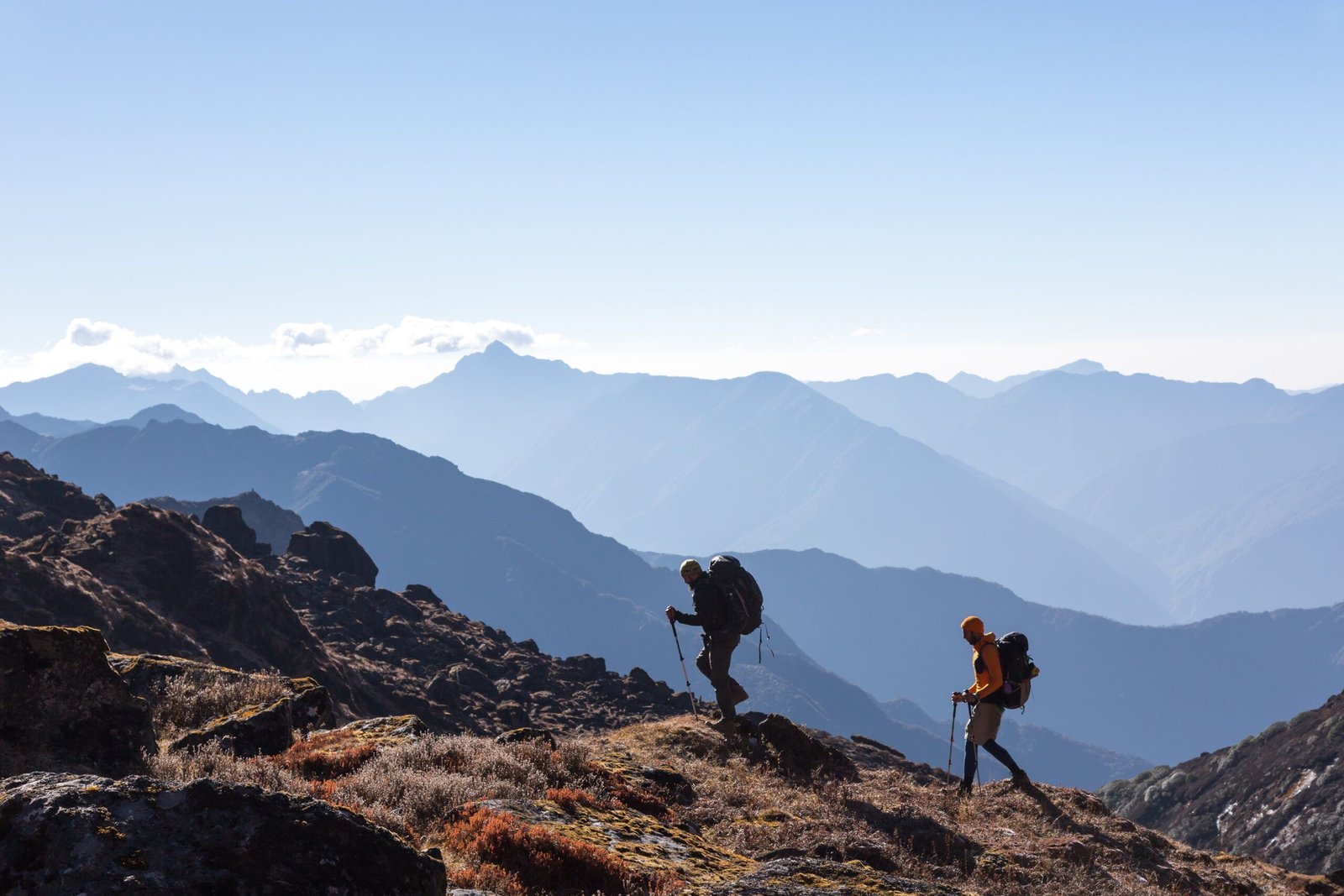
Why is Knowledge of Altitude Required While Trekking
As altitude increases, the air becomes thinner and the atmospheric pressure drops. The oxygen molecules in the air at high altitude are less than those at lower altitudes. This means that you’ll be able to breathe only 100-150 oxygen molecules each time you go up in altitude. Ventilation is a method of increasing your breathing rate to get the same amount as you are used to.
A lower level of oxygen and increased exhalation of carbon dioxide can lead to many conditions, including low appetite and hypoxic conditions.
It is therefore important to be aware of the effects altitude has on your body, and plan your trek accordingly.
The human body is a marvelous creation. It doesn’t take too long for the body to adjust in a new environment. Acclimatization is the process of our bodies getting used to high-altitude environments and adapting to them. To make the process of adaptation as easy as possible, it is important to adhere to the high altitude guidelines.
Things To Do When You Are High Altitude Trekking
It doesn’t matter if you are starting your first high-altitude trek or have done many, it is important to be familiar with the requirements and how to prepare efficiently.
1. Physical Fitness
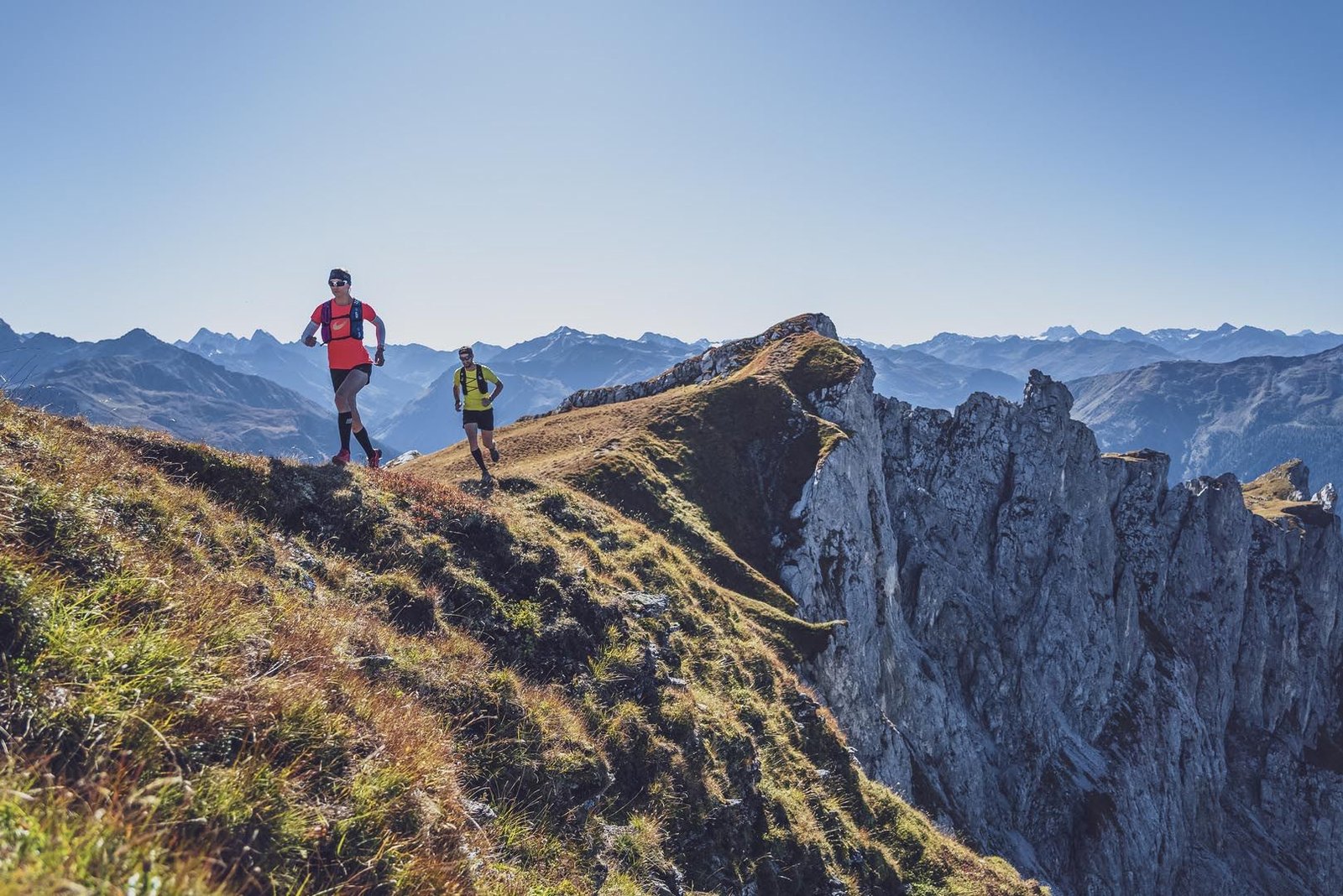
Physical Fitness is essential for high altitude treks. To complete your journey successfully, you will need to be able to walk long distances with low oxygen levels.
2. Consult a doctor

Get a checkup from your doctor before you plan to go on a high-altitude trek. Also, be aware of any medical conditions you might have. This will help you plan your trek more effectively.
3. Start training well in advance

Start your training at least two months before the trek. For the trek to be successful, you will need to increase your endurance, stamina and core strength. If not two months, one month is the minimum.
4. Gradually increase the intensity of your exercise
You can start by running, walking, or cycling, and then increase your speed. Yoga and other breathing techniques are also useful during a trek.
Include basic exercises such as squats and push-ups, gradually increase your repetitions. It is important to train cardio and strength. Mix and match them to create a workout that suits you.
Training should be done at least 30 minutes per week. Keep active throughout the day, in addition to training. Move more frequently at work and home by taking the stairs and not the lift. You should also focus on your mental and physical endurance.
5. Increase Your Trekking Distance
Start by trekking at an altitude slightly higher than your normal altitude if you’ve never been to high altitude. You can also work on gradually increasing your trek distance. These two steps will make high altitude trekking easier, as you’ll already be in the flow.

How to Reduce Altitude Sickness and Acute Mountain Sickness
Before you go on a high-altitude trek, it is important to be familiar with Altitude Sickness and AMS. Altitude Sickness is a condition that causes headaches, fatigue and stomach aches. Acute Mountain Sickness (AMS), which is characterized by a severe form of sickness, occurs when the severity of the symptoms increases.
1. Don’t climb too quickly
Attitude sickness can be caused by climbing too quickly and reaching altitude too quickly. Do not exert yourself, and make sure to take breaks between ascents or descents. Although you may be tempted to rush to the finish, altitude sickness is best treated slowly and steadily.
2. Get plenty of water
Water is your lifesaver. You should drink more often and refill your water bottle when you can. Every stop/rest, take a few sips water. Keep hydrated before you start the trek.
3. Snack up
To maintain energy levels, eat snacks rich in carbohydrates such as chocolates, nuts, dry fruits and fruits. You may be able find local products through your guide.
4. Keep an eye on your health
Your group/guide should be notified if you have headaches, nausea, dizziness or loss of coordination, difficulty breathing or any other form of pain or weakness. If you feel weak, take deep breaths, and drink water. If you fall, don’t climb any further. If you have the symptom for a prolonged period, it is better to descend.
5. Acclimatize before ascending
You should take a break of at least 2 hours after ascending 1,000 feet. This will allow your body to adjust to the new environmental ie. Acclimatize. It is important to take it slow and track your altitude gains as you go.

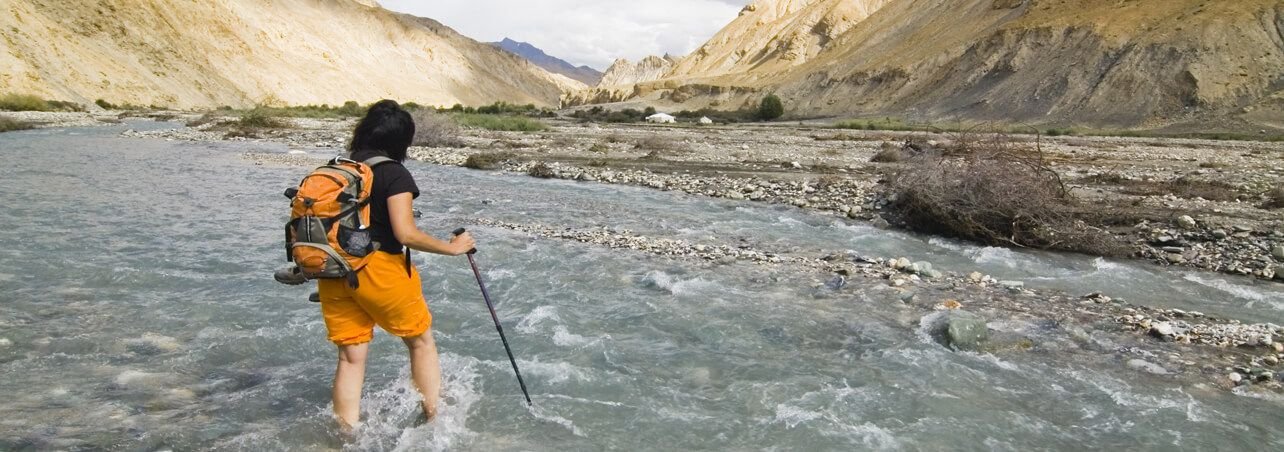
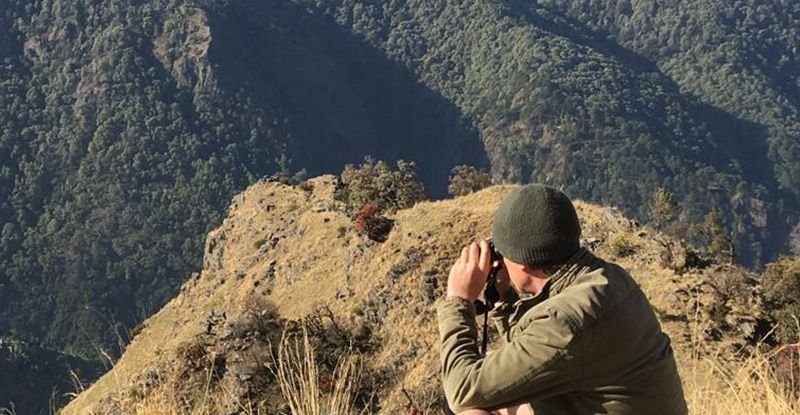

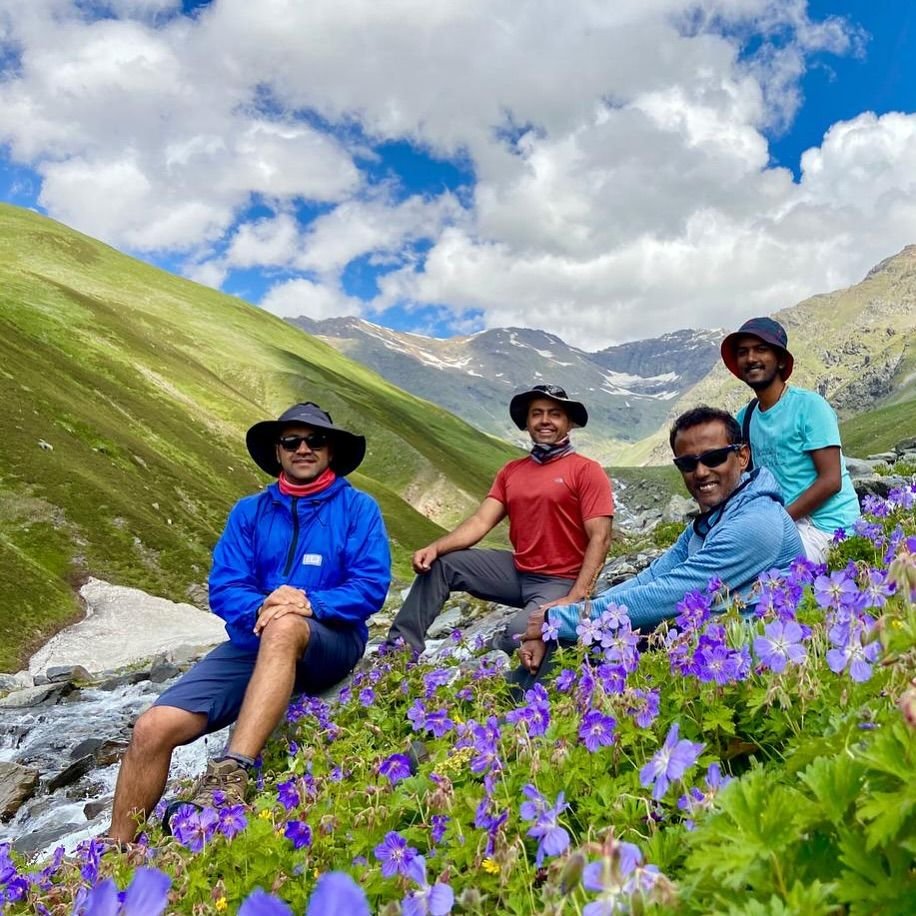
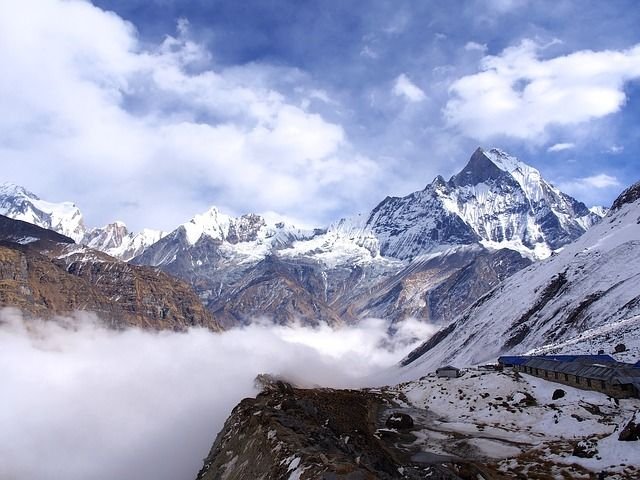


4 Responses
http://amoxildelivery.pro/# order amoxicillin no prescription
http://paxloviddelivery.pro/# paxlovid pill
https://paxloviddelivery.pro/# paxlovid covid
I don’t think the title of your article matches the content lol. Just kidding, mainly because I had some doubts after reading the article.